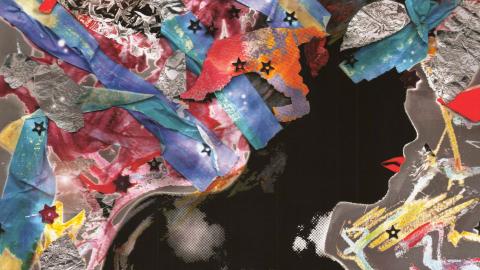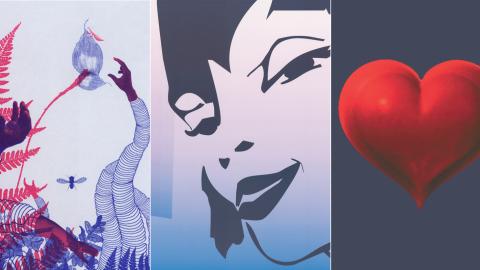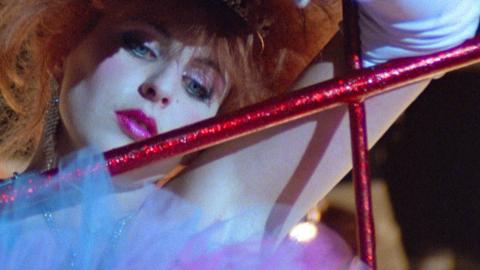
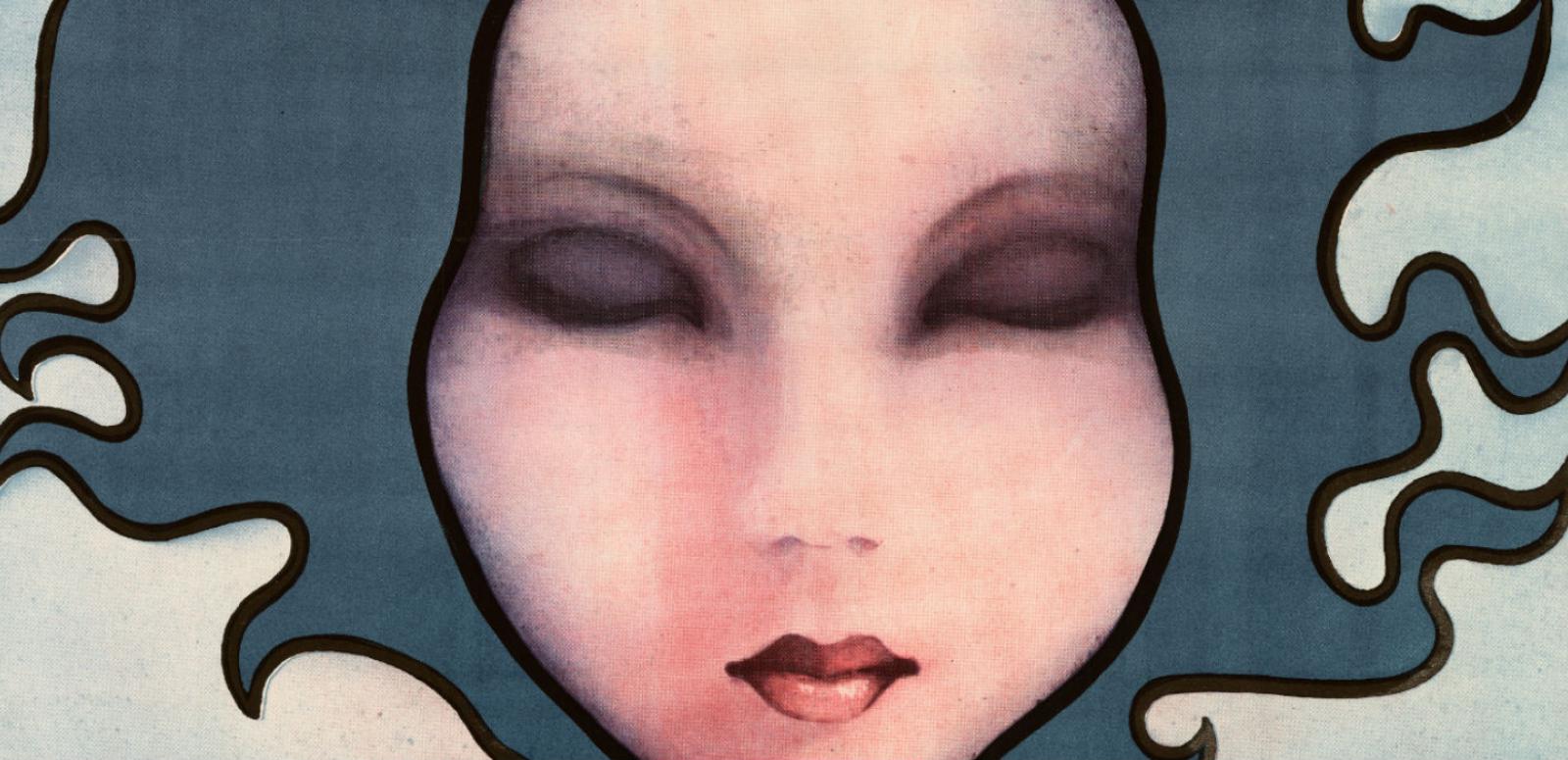
Polish film posters
Polish film poster art
Some of the most striking film posters in the NFSA collection originate from Poland.
You can see examples of Polish poster art for Australian films below and on our new International film posters page, which also features poster artwork and designs from Australia, the US, UK, Europe and Japan.
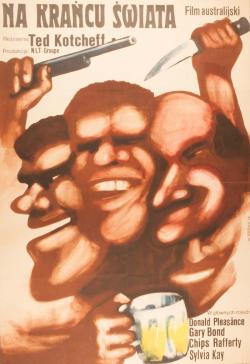
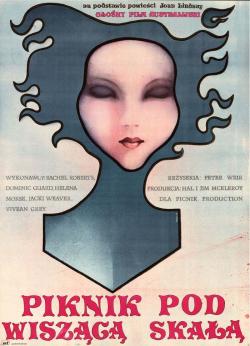
The art of poster-making flourished in Poland following the Second World War. There were two main state institutions that commissioned artists to create posters: Film Polski (Polish Film) and Centrala Wynajmu Filmow (Movie Rentals Central).
Competition among artists and art-school graduates for commissions was fierce. Artists saw advance screenings of films and put their name forward to design the poster. If they were selected, they were given film stills to work from and a two-week deadline.Since artists were not working with or for Hollywood movie studios, they were free of obligations to feature movie stars, critics’ quotes or film logos, or to follow a designated billing order for the actors. Instead, they could create designs inspired more by the mood of a film than its literal imagery.
Artists submitted their posters to a panel of established designers who reviewed them. According to Zuzanna Lipinska, a poster designer in the 1970s, the panel occasionally rejected designs outright while granting others a distinction, which earned the artist a higher fee.
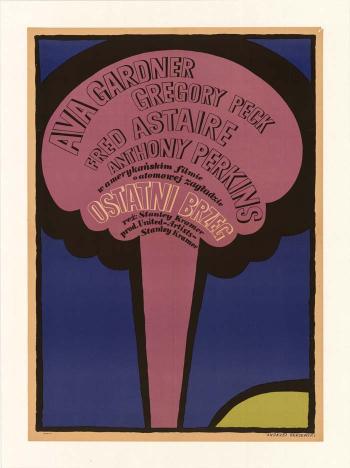
Poster artist Waldemar Swierzy sums up why the chosen designs were often so striking and stood out so markedly: ‘The poster is looked at in the passing, in the rain, in winter at the bus stop, in the crowd, so it must be only a signal, suggestive character for the passer-by to register’. They were more a commentary on a film than a straightforward advertisement to entice the public to go see it.The creativity of Polish posters is why collectors still prize them today and examples are plentiful online.
While designers like Andrea Austoni (in his article The Legacy of Polish Poster Design) argue that the Polish poster school heyday was the 1950s and 60s, the above designs for 1970s Australian films Wake in Fright (1971) and Picnic at Hanging Rock (1975) are certainly distinctive compared to their Australian poster counterparts.
You can read more about the design process, and access an online database with more artworks, at Classic Polish film posters.
The National Film and Sound Archive of Australia acknowledges Australia’s Aboriginal and Torres Strait Islander peoples as the Traditional Custodians of the land on which we work and live and gives respect to their Elders both past and present.
